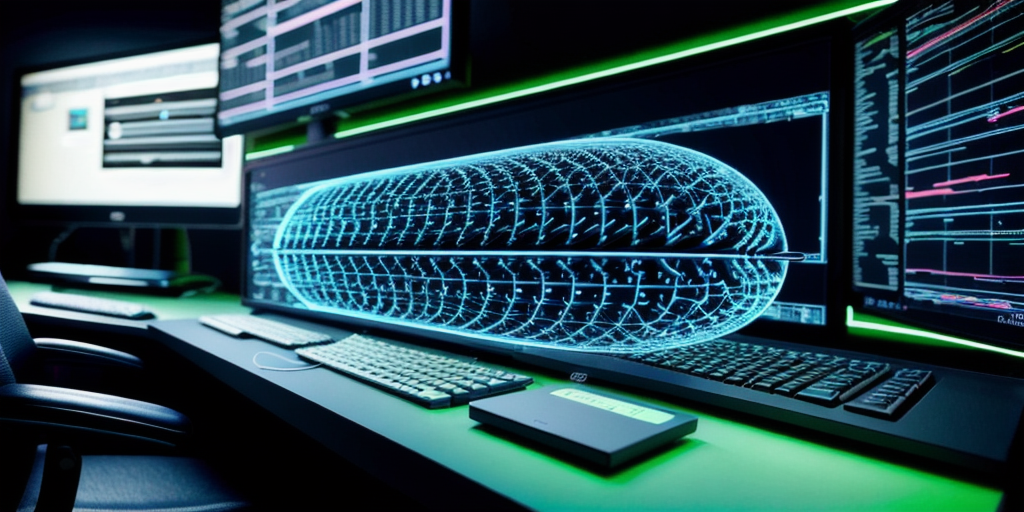
World’s first computer that combines human brain with silicon now available
How did your country report this? Share your view in the comments.
Introduction:
The news topic “World’s first computer that combines human brain with silicon now available” has drawn international attention, with various media outlets providing diverse insights, historical context, political stances, and on-the-ground developments. Below is a curated overview of how different countries and media organizations have covered this topic recently.
Quick Summary:
- The CL1 is “the world’s first code deployable biological computer,” the company says. The shoebox-sized system could find applications in disease modeling and drug discovery. A nutrient-rich broth feeds human neurons, which grow across a silicon chip. That chip sends electrical impulses to and from the neurons to train them to exhibit desired behaviors.. Using a similar system, Cortical Labs taught DishBrain (a predecessor to the CL1) to play the video game Pong. The system uses just a few watts of power and keeps neurons alive for up to six months, according to the company’s website. The company is still working to engineer a system that accurately represents the many types and functions of cells in the human brain with the fewest possible cells. It could help researchers develop treatments for brain-related diseases by probing how the system learns and processes information.
- The CL1 integrates lab-grown neurons nourished in a nutrient solution, layered across a silicon chip. The chip communicates with the neurons via electrical pulses, enabling them to learn and respond. By simulating brain-like learning and responses, the CL1 could help scientists better understand neurodegenerative and psychiatric conditions. Each CL1 unit costs around $35,000 and will be more widely available in late 2025, with cloud-based options offered for labs without the proper infrastructure. Some experts worry about the implications of synthetic biological intelligence, even though CL1 is far from achieving human-level consciousness.
- Brain Organoids have been connected to computer systems to perform tasks like playing the classic game Pong. The development echoes the premise of The Matrix, where consciousness exists within a simulated reality. The CL1 – a computer designed by Australian company Cortical Labs – is the world’s first biological computer that’s actually for sale. It combines 800,000 human brain cells with Silicon computer chips. It can learn faster than traditional AI systems, and uses much less power for some processing tasks. In an unexpected development, Mini-Brain Organoid spontaneously developed eye like structures after a certain age and density of neutrons. This makes me deeply uneasy. Clearly these little brains are trying to see and understand, and recognise light and figure out what’s going on. The nature of consciousness remains one of the deepest mysteries of science and philosophy.
Country-by-Country Breakdown:
Original Coverage
The CL1 is “the world’s first code deployable biological computer,” the company says. The shoebox-sized system could find applications in disease modeling and drug discovery. A nutrient-rich broth feeds human neurons, which grow across a silicon chip. That chip sends electrical impulses to and from the neurons to train them to exhibit desired behaviors.. Using a similar system, Cortical Labs taught DishBrain (a predecessor to the CL1) to play the video game Pong. The system uses just a few watts of power and keeps neurons alive for up to six months, according to the company’s website. The company is still working to engineer a system that accurately represents the many types and functions of cells in the human brain with the fewest possible cells. It could help researchers develop treatments for brain-related diseases by probing how the system learns and processes information. Read full article
World’s First Hybrid Biological Computer with Human Neurons Hits the Market
The CL1 integrates lab-grown neurons nourished in a nutrient solution, layered across a silicon chip. The chip communicates with the neurons via electrical pulses, enabling them to learn and respond. By simulating brain-like learning and responses, the CL1 could help scientists better understand neurodegenerative and psychiatric conditions. Each CL1 unit costs around $35,000 and will be more widely available in late 2025, with cloud-based options offered for labs without the proper infrastructure. Some experts worry about the implications of synthetic biological intelligence, even though CL1 is far from achieving human-level consciousness. Read full article
GUEST BLOG: Seeby Woodhouse – For some brains, the Matrix now exists
Brain Organoids have been connected to computer systems to perform tasks like playing the classic game Pong. The development echoes the premise of The Matrix, where consciousness exists within a simulated reality. The CL1 – a computer designed by Australian company Cortical Labs – is the world’s first biological computer that’s actually for sale. It combines 800,000 human brain cells with Silicon computer chips. It can learn faster than traditional AI systems, and uses much less power for some processing tasks. In an unexpected development, Mini-Brain Organoid spontaneously developed eye like structures after a certain age and density of neutrons. This makes me deeply uneasy. Clearly these little brains are trying to see and understand, and recognise light and figure out what’s going on. The nature of consciousness remains one of the deepest mysteries of science and philosophy. Read full article
Global Perspectives Summary:
Global media portray this story through varied cultural, economic, and political filters. While some focus on geopolitical ramifications, others highlight local impacts and human stories. Some nations frame the story around diplomatic tensions and international relations, while others examine domestic implications, public sentiment, or humanitarian concerns. This diversity of coverage reflects how national perspectives, media freedom, and journalistic priorities influence what the public learns about global events.
How did your country report this? Share your view in the comments.
Sources:
- Original Article
- World’s First Hybrid Biological Computer with Human Neurons Hits the Market
- GUEST BLOG: Seeby Woodhouse – For some brains, the Matrix now exists
Source: https://www.livescience.com/technology/computing/worlds-1st-computer-that-combines-human-brain-with-silicon-now-available

